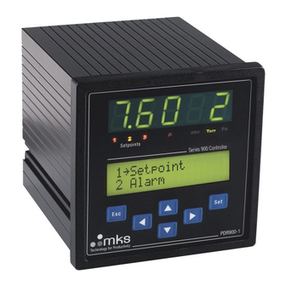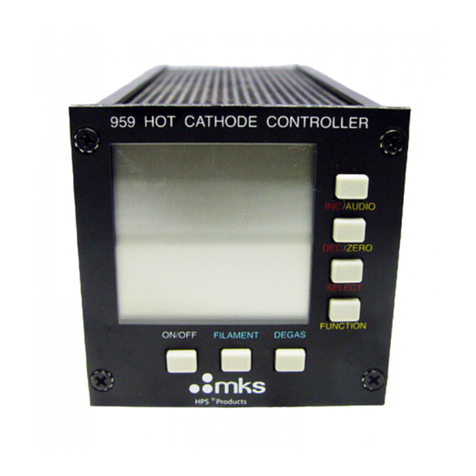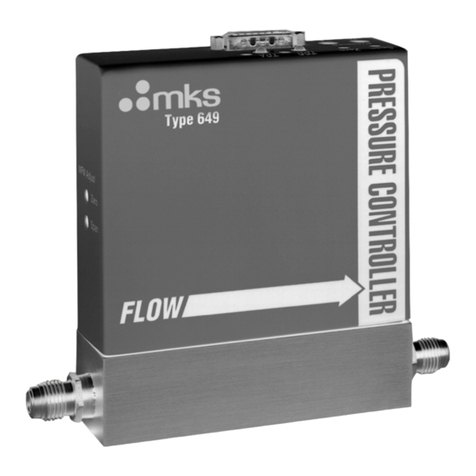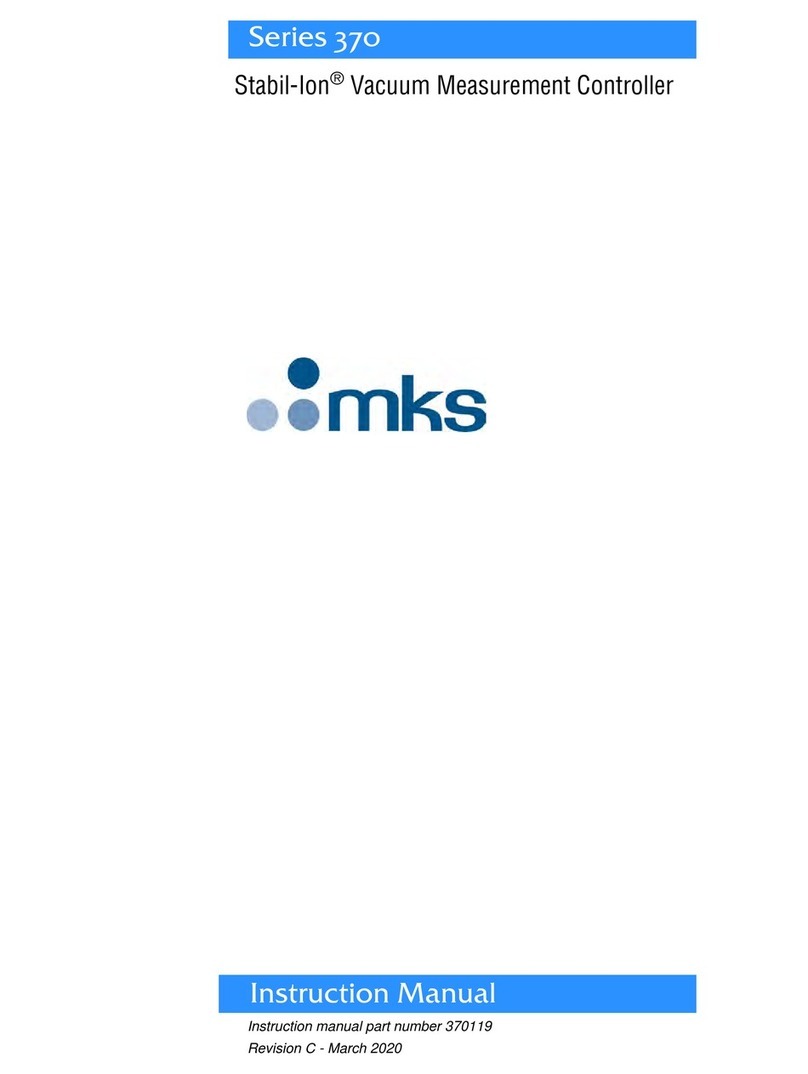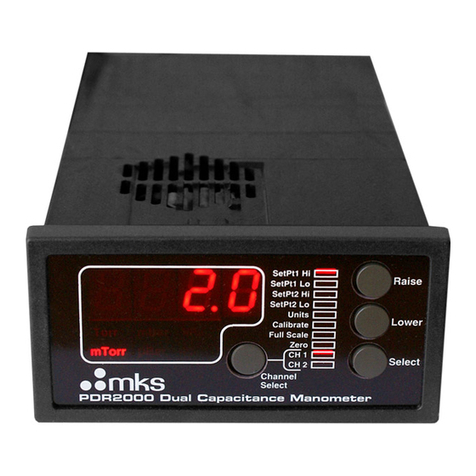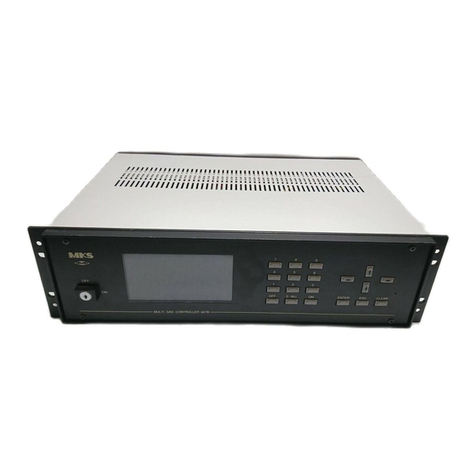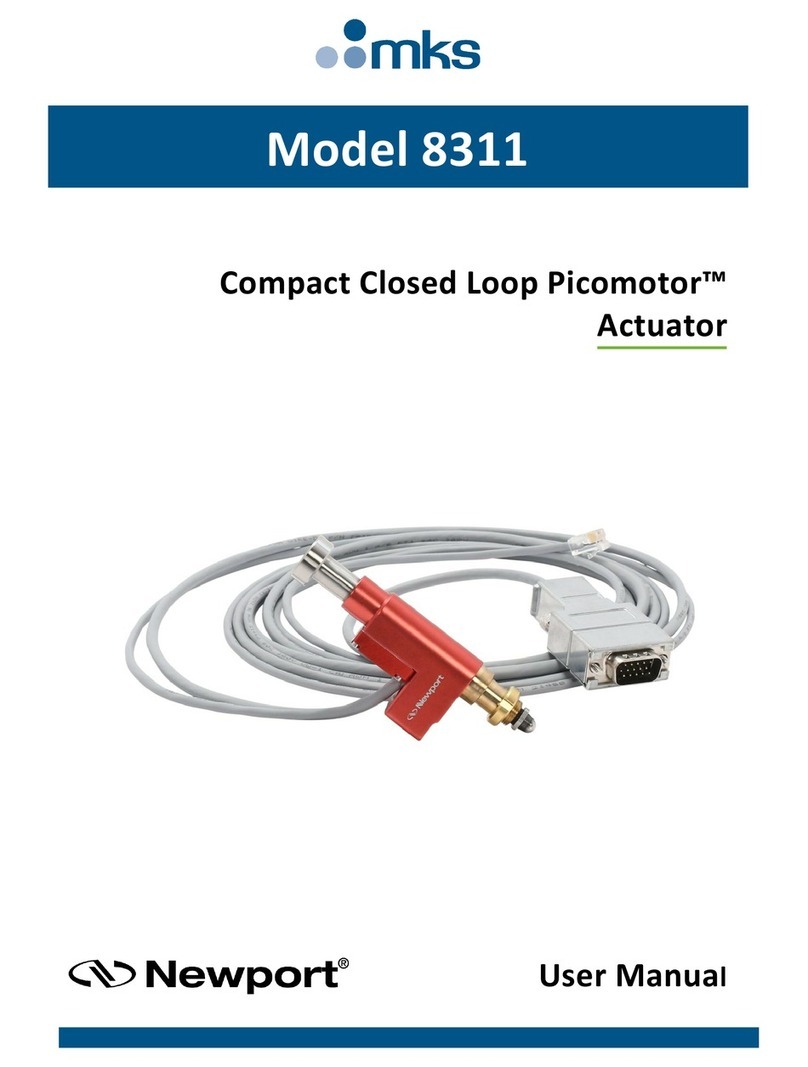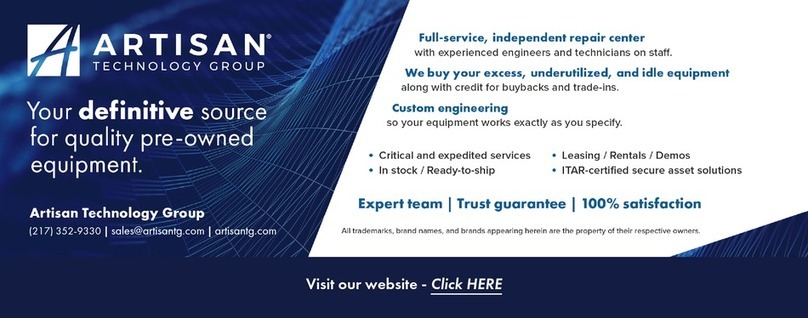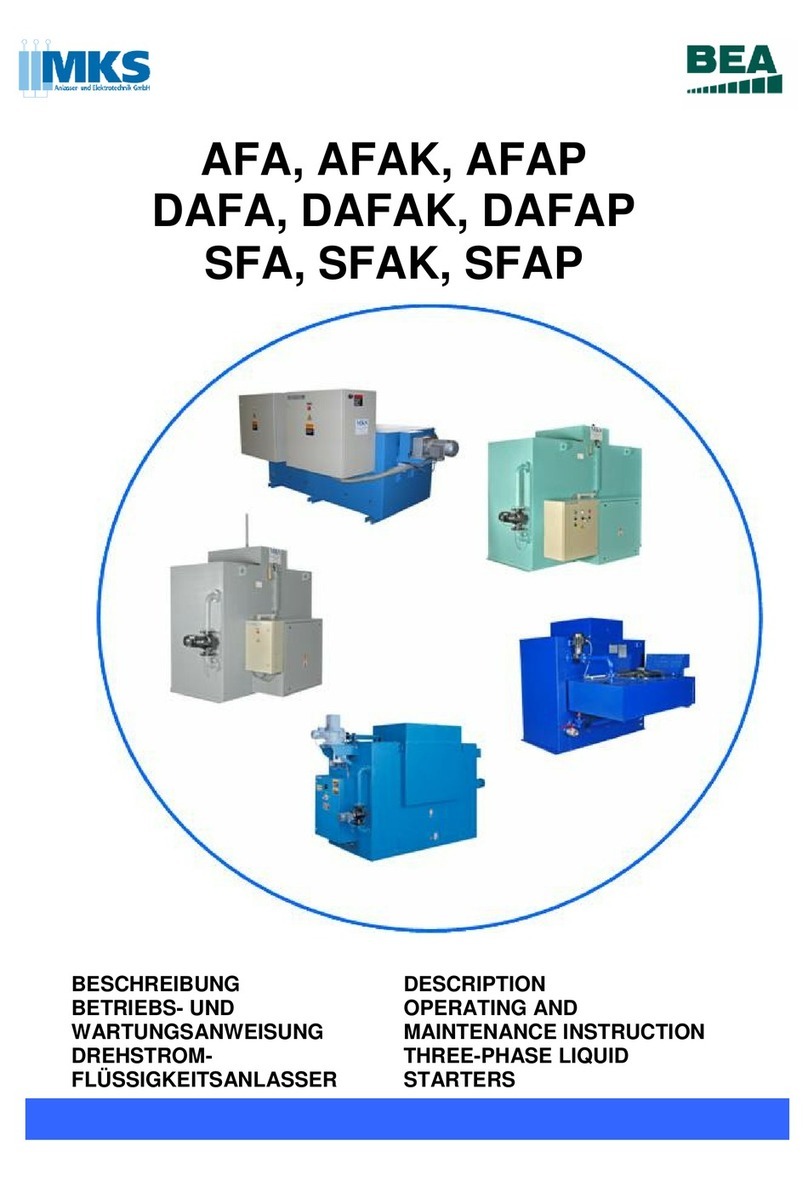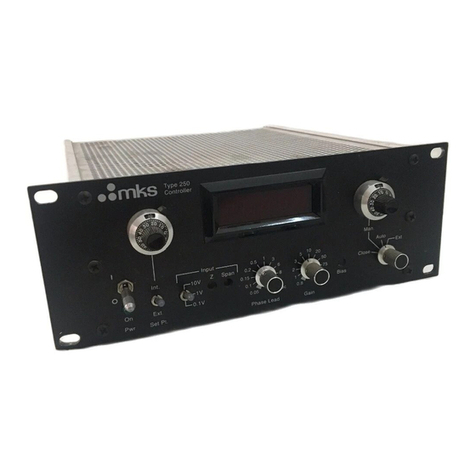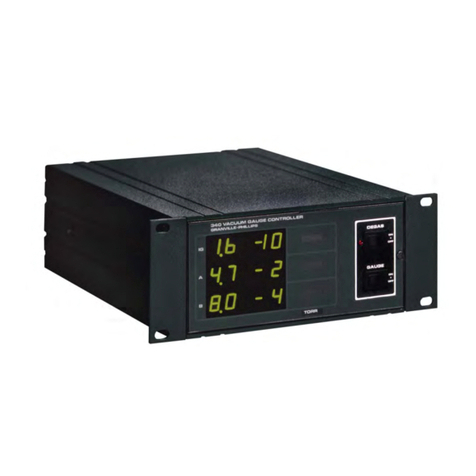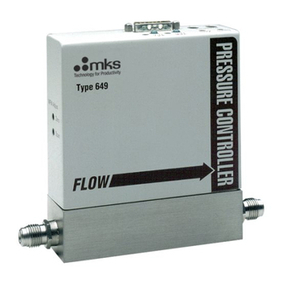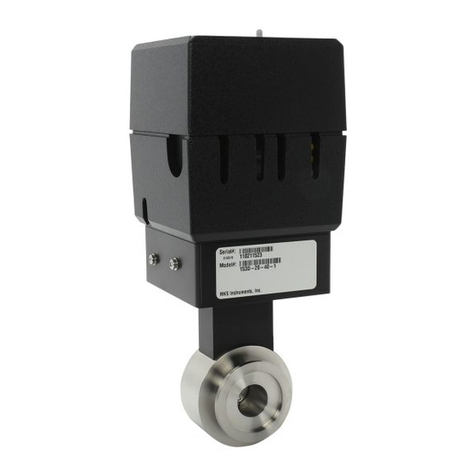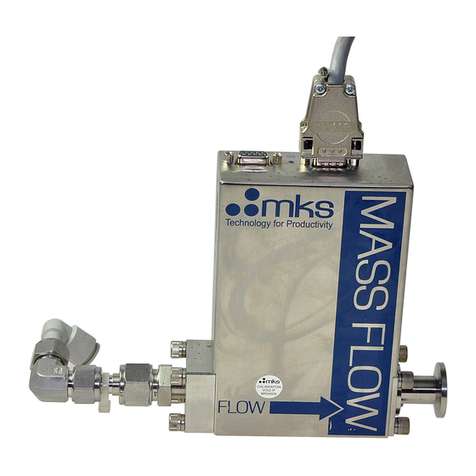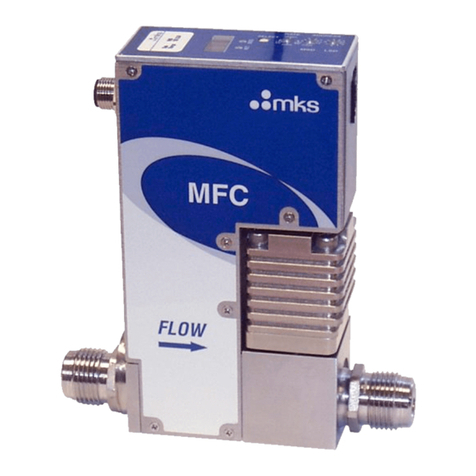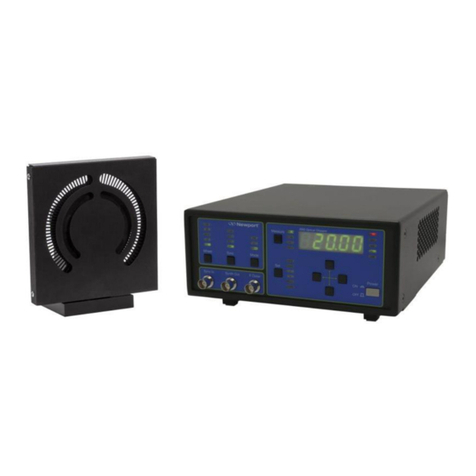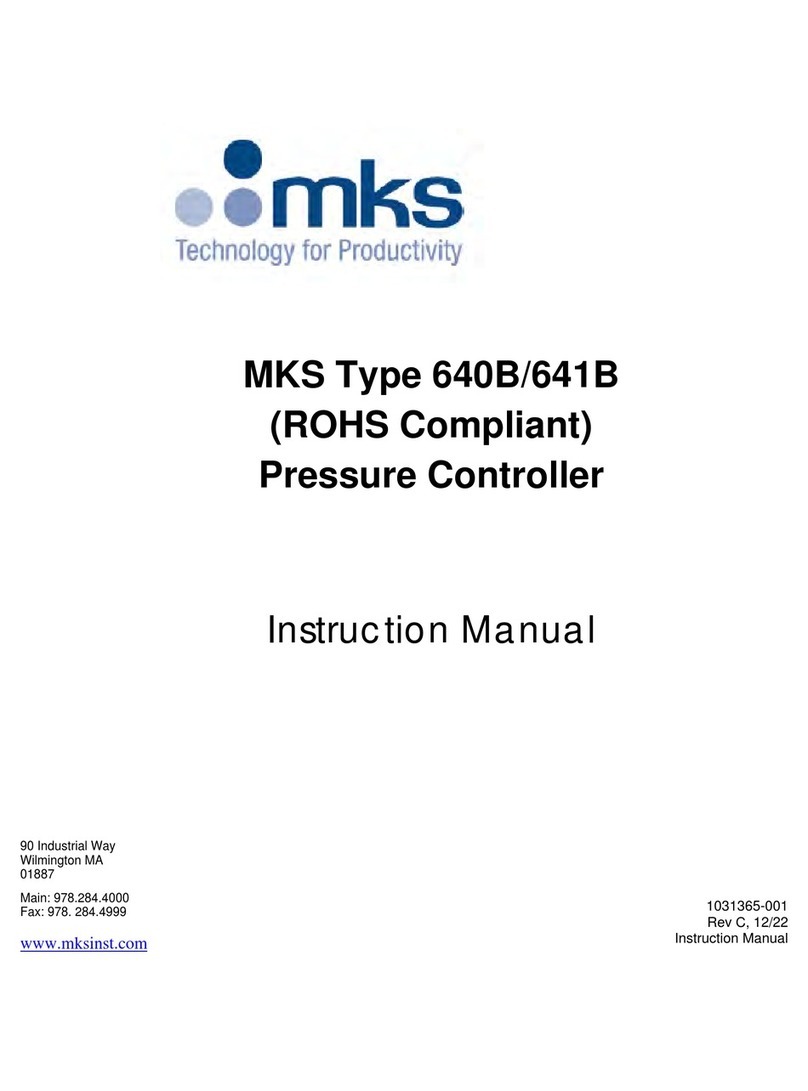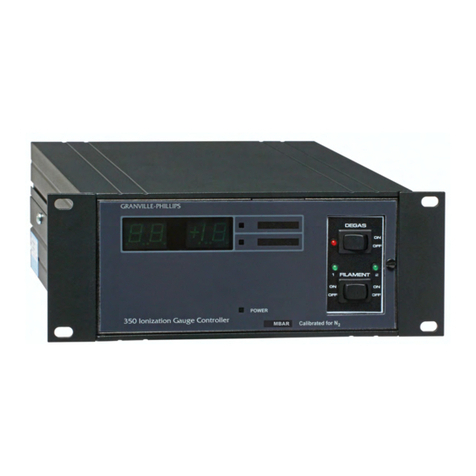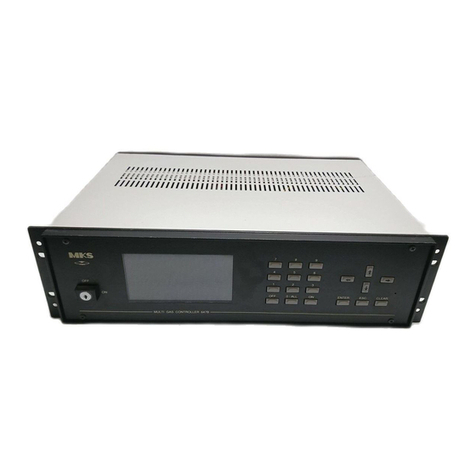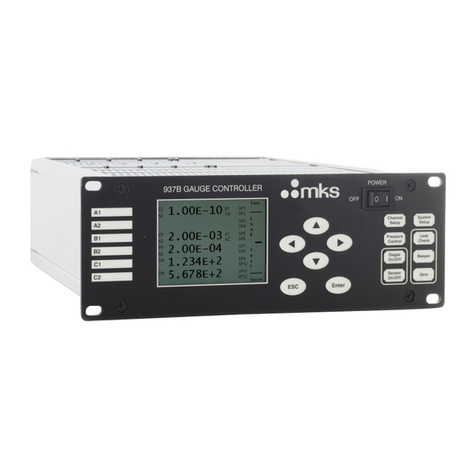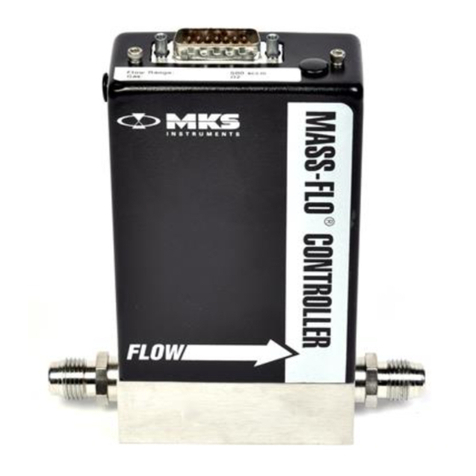
4 Instruction Manual 332004
Table of Contents
Introduction & Safety Notices
Receiving Inspection............................................................................................................... 6
International Shipment........................................................................................................... 6
Limited Warranty..................................................................................................................... 6
Explosive Gases ...................................................................................................................... 7
Implosion / Explosion ............................................................................................................. 7
Safety/Warning Notices ......................................................................................................... 8
Grounding................................................................................................................................ 8
1.1 General Description ........................................................................................................ 9
Available Options ............................................................................................................. 9
Convectron Gauge Option ..................................................................................... 9
1.2 Installation....................................................................................................................... 9
Mounting Configurations................................................................................................. 9
Ionization Gauge Types and Installation ......................................................................10
Ion Gauge Cable Connections ......................................................................................11
System Ground Test Procedure....................................................................................12
1.3 Operation .......................................................................................................................14
Ion Gauge Theory of Operation.....................................................................................14
Emission Current Adjustment .......................................................................................15
Table 1-1...............................................................................................................15
Example 1.............................................................................................................15
Example 2.............................................................................................................15
Example 3.............................................................................................................15
Analog Output.......................................................................................................16
Overpressure Shutdown ......................................................................................19
Degas....................................................................................................................19
1.4 Calibration ......................................................................................................................19
Electrometer Zero..........................................................................................................19
Electrometer Log Amplifier............................................................................................19
Summary ........................................................................................................................20
1.5 Specifications ................................................................................................................20
2.1 General Description ......................................................................................................23
2.2 Safety Instructions ........................................................................................................23
Explosive Gases ...................................................................................................23
Limitation of Use of Compression Mounts .........................................................23
Convectron Gauge Mounting Position ................................................................23
Overpressure Conditions .....................................................................................23
High Indicated Pressure ......................................................................................24
Chemicals .............................................................................................................24
Sensor Failure ......................................................................................................24
Tube Contamination ............................................................................................24
2-3 Convectron Gauge Theory of Operation ......................................................................24
2.4 Convectron Gauge Installation......................................................................................25
Important Precautions for Gauge Installation....................................................25
Convectron Gauge Orientation............................................................................26
